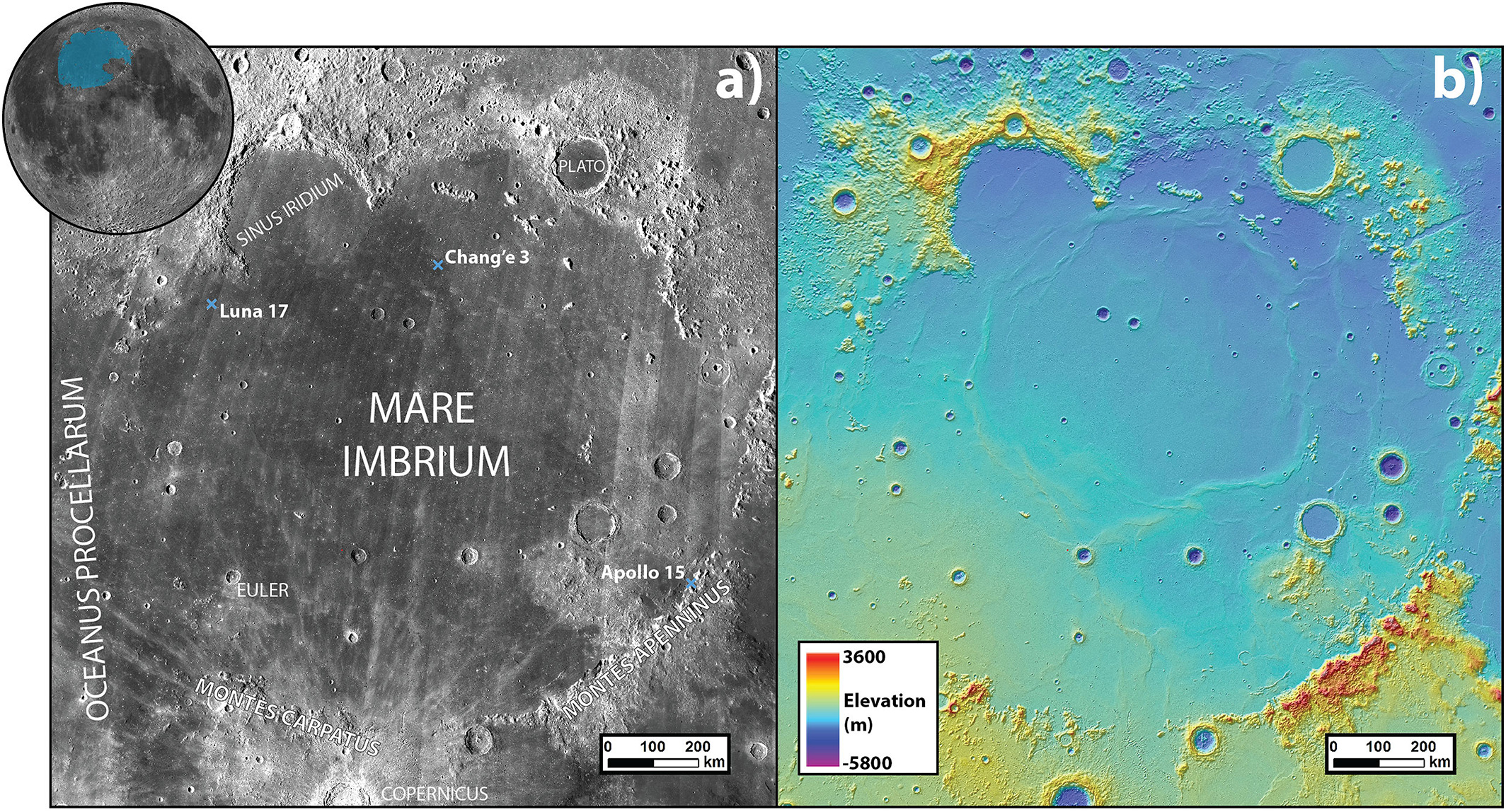Unlike Earth, the Moon doesn't have much of a magnetic field – and yet, a strange pile of rocks on the far side seems mysteriously magnetized.
A new study suggests that a major cataclysm, over and done in under an hour, left a lasting imprint.
A team led by researchers from Massachusetts Institute of Technology (MIT) has found that a massive impact may have generated a huge amount of plasma that temporarily strengthened the Moon's tiny, ancient magnetic field.
According to lead author Isaac Narrett, a planetary scientist at MIT, this theory could explain the presence of highly magnetic rocks detected on the Moon's far side in a region near the south pole.
"There are large parts of lunar magnetism that are still unexplained," he says. "But the majority of the strong magnetic fields that are measured by orbiting spacecraft can be explained by this process – especially on the far side of the Moon."
In 1959, the Soviet Luna 1 spacecraft conducted the first magnetic measurements of the Moon and found that unlike Earth, it did not have a strong, intrinsic magnetic field. Later research showed that the Moon had weak fields largely confined to the lunar crust, which seem to be created by interaction with charged solar particles.
However, the analysis of samples brought back by astronauts on the Apollo missions showed that some rocks formed in magnetic fields that were much stronger. This led to the general consensus that while the Moon does not have an intrinsic magnetic field today, it once did.
In a previous study, MIT planetary scientists simulated how a giant impact could have amplified solar-generated magnetic fields on the Moon. However, their results indicated that this would not generate a field strong enough to explain the highly magnetic measurements of surface rocks.
In the new study, Narrett and associates took a different approach and assumed the Moon once had a dynamo that produced a weak lunar magnetic field. Given the size of the Moon's core, they estimated that such a field would have been about one-50th the strength of Earth's field today.

They then simulated a large impact and the cloud of plasma that would result as the force of the impact vaporized material on the surface. They also ran simulations on how the resulting plasma would flow and interact with the Moon's existing magnetic field.
This entire process would have been incredibly fast, lasting around 40 minutes from when the field was amplified to when it decayed back to baseline.
This is consistent with the fact that one of the Moon's largest impact basins, Mare Imbrium, is located exactly opposite the far side southern polar region. According to their simulations, an impact powerful enough to create the Imbrium basin would have sent a pressure wave through the Moon that converged on the other side.
The researchers suspect that this shock coincided with the plasma cloud amplifying the Moon's magnetic field.
Rocks can contain records of the magnetic fields they formed under, thanks to the orientation of the electrons inside them. In this case, the shock waves could have temporarily disrupted electrons in the rocks at the point of convergence, and as they settled back down they could have taken a snapshot of the short-lived, strong magnetic field.
"It's as if you throw a 52-card deck in the air, in a magnetic field, and each card has a compass needle," says study co-author and planetary scientist Benjamin Weiss at MIT. "When the cards settle back to the ground, they do so in a new orientation. That's essentially the magnetization process."
According to the researchers, these findings have effectively settled the debate between the competing schools of thought. Instead of the Moon's magnetic field being the result of a dynamo or a massive impact, their results show that a combination of a dynamo and a large impact with a resulting shockwave could be responsible for the Moon's highly magnetized rocks, especially on the far side.
This theory could be tested in the coming years as astronauts travel to the lunar south pole and collect rock samples, as part of the Artemis Program.
The paper detailing their findings was published in Science Advances.
